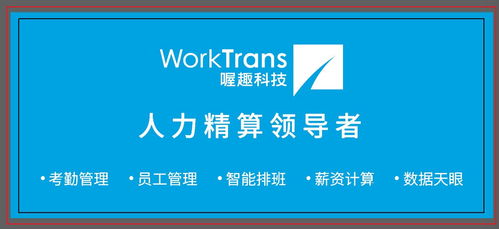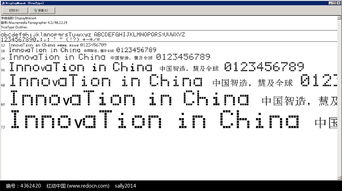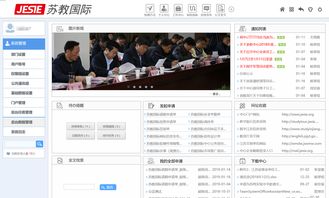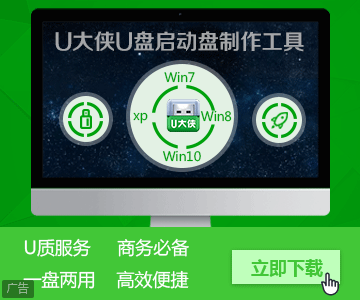
oa系统英文,Introduction to OA Systems
时间:2024-11-28 来源:网络 人气:
Introduction to OA Systems

Office Automation Systems (OA Systems) have revolutionized the way businesses operate by streamlining office processes and enhancing productivity. This article delves into the definition, components, and benefits of OA systems, highlighting their significance in modern corporate environments.
What is an OA System?

An OA System, also known as an Office Automation System, is a software application designed to automate various office tasks and processes. It integrates communication, document management, workflow automation, and other functionalities into a single platform, facilitating efficient collaboration and information sharing among employees.
Components of an OA System

OA systems typically consist of several key components that work together to streamline office operations. These include:
Document Management: Centralizes document storage, retrieval, and version control, ensuring that employees can access the most up-to-date information.
Workflows: Automates approval processes, routing tasks to the appropriate individuals, and tracking progress.
Communication: Provides tools for instant messaging, email, and video conferencing, facilitating real-time communication among team members.
Reporting: Generates reports and analytics to help managers monitor performance and make data-driven decisions.
Integration: Allows OA systems to connect with other business applications, such as CRM, ERP, and HR systems, for a seamless workflow.
Benefits of Implementing an OA System

The adoption of an OA system offers numerous benefits to organizations, including:
Increased Productivity: Automating routine tasks frees up employees to focus on more critical responsibilities, leading to higher productivity.
Improved Collaboration: OA systems facilitate seamless communication and collaboration, breaking down silos and fostering teamwork.
Cost Reduction: By streamlining processes and reducing paper usage, OA systems can help organizations save on costs.
Enhanced Data Security: Centralized data storage and access control features ensure that sensitive information is protected.
Scalability: OA systems can be customized and scaled to meet the evolving needs of an organization.
Types of OA Systems

There are various types of OA systems available, each tailored to specific business needs. Some of the most common types include:
Document Management Systems (DMS): Focuses on managing and organizing documents within an organization.
Customer Relationship Management (CRM) Systems: Helps businesses manage interactions with customers and potential leads.
Enterprise Resource Planning (ERP) Systems: Integrates various business processes, such as finance, human resources, and supply chain management.
Project Management Systems (PMS): Facilitates the planning, execution, and monitoring of projects.
Challenges in Implementing OA Systems

While OA systems offer numerous benefits, implementing them can come with challenges. Some of the common challenges include:
Training: Employees may require training to effectively use the new system.
Change Management: Adapting to a new system can be challenging for some employees, requiring effective change management strategies.
Customization: Tailoring the system to meet specific business needs can be complex and time-consuming.
Integration: Integrating the OA system with existing business applications can be challenging and may require technical expertise.
Conclusion

Office Automation Systems have become an essential tool for businesses looking to streamline operations, enhance productivity, and foster collaboration. By understanding the components, benefits, and challenges of implementing an OA system, organizations can make informed decisions and maximize the value of their investment.
Tags:

OA Systems Office Automation Productivity Collaboration Document Management Workflows Integration Training Change Management Customization

相关推荐
教程资讯
教程资讯排行













